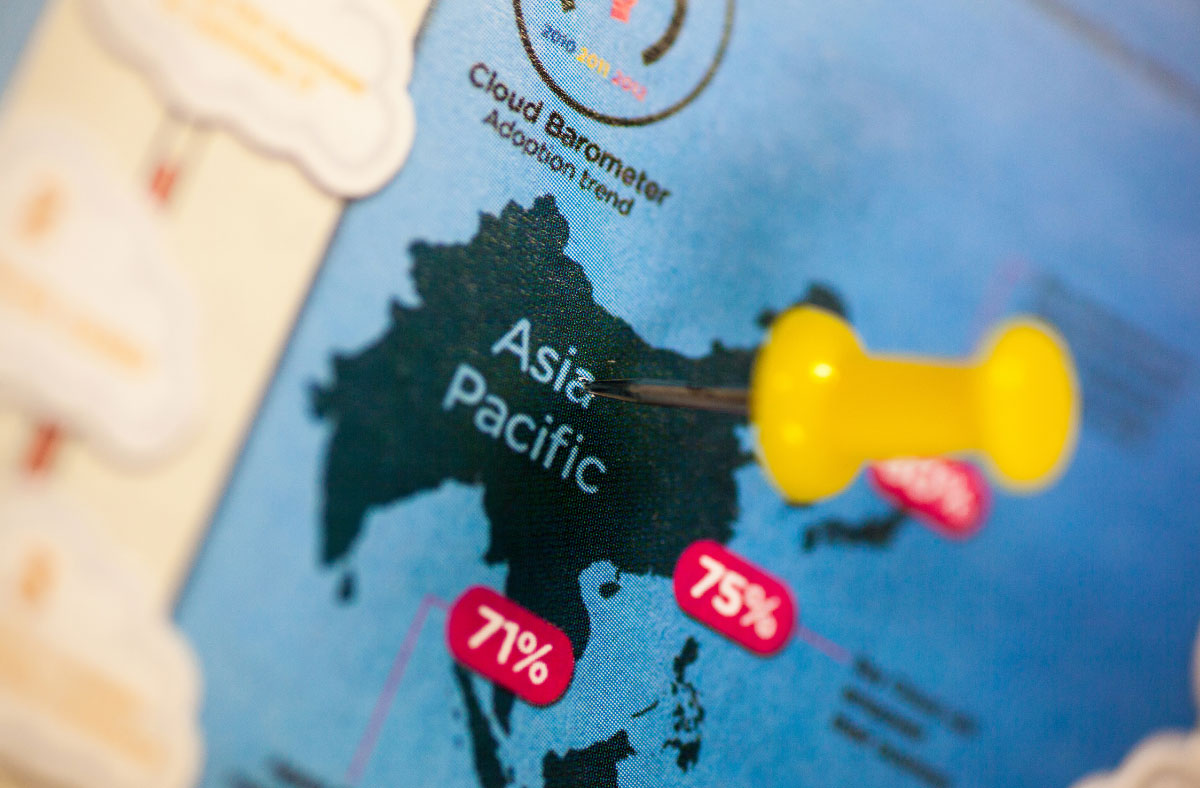
In a recent conversation with a Canadian company wishing to expand internationally, I learned some of the questions that potential exporters face.
In this case, an expert in automation has two very successful automated tooling systems: one used in the automotive industry, and the other in the nuclear industry.
In both cases, he enjoys domestic success, differentiation and the support of his local customers to go abroad.
While he can successfully grow sales for both systems through exporting, he nonetheless faces an interesting dilemma.
This is because, while both products can be successful, the plans required for each product to do so must be very different from one another.
Choose the best path – single or multi-country approach
The automation tooling system for the nuclear industry has certain advantages that make it very attractive for export.
Firstly, the technical and regulatory requirements in the nuclear industry provide a huge barrier to entry, allowing for higher margins to fund global expansion.
A second advantage is that, as a niche industry, the potential number of competitors is limited when compared to other industries.
In this particular case, a single country approach may be more difficult to implement. Mexico, for instance, has only one nuclear power generation plant, and one research facility. The reactors in the existing nuclear plant are not of the same CANDU type used where the tool was originally designed.
A multi-country approach is therefore more suited to expand sales leading with this automation tool.
The export plan in such a case should look first into the usability of this tool in other types of reactors, as it will expand the potential for export. It should also look into the installed base of CANDU reactors in the world (South Korea, China, India, Argentina, Romania and Pakistan).
A proper market entry study must review in detail the economic effects of export regulations, tariffs and importing duties, issues that are non-existent when exporting to Mexico or countries that signed free trade agreements with Canada.
Go local with boots on the ground
Additionally, the variety of countries with potential customers requires different kinds of in-house resources.
A local approach, relying on the use of independent, on-the-ground sales representatives with established business networks in nuclear power plants, is the best way to enter the market.
In the case of the automotive industry, the automated system is used by car manufacturers in Canada. Aside from expanding into the U.S., this represents an opportunity in Mexico, where the automotive market is booming as more assembly plants are opening up, including a new Audi plant in the state of Puebla.
A recommended approach would be to complete a market entry plan to sell the automated tooling system to all the assemblers in Mexico, which would include some big names like Ford, GM, Nissan, VW, Honda, BMW, etc.
A further refinement would also show that all these plants are located in three distinctive zones of the country, allowing for a single country approach.
Due to the low number of potential customers and the high value of the tooling, it is better to sell either directly or through a local representative.
Understanding the tradition in the auto industry to drive costs low will be an important factor in determining the feasibility of one approach versus the other.
Make the extra effort to build trust with your local partners
Selling directly may also mean hiring a local sales or business development manager to work exclusively for the exporter.
Finding an independent representative is not easy; it requires building trust and that takes time. The representative usually carries other non-competing lines that dilute the sales efforts and the exporter has limited control on the sales function.
However, there is a low initial cost, and you gain immediate access to the professional network of the representative.
Recruiting a professional locally also has the advantage of complete control of the sales functions, 100% of the sales efforts and a better personality match between the exporter and the local manager.
It could furthermore include a lower sales commission if the compensation package includes a base with a higher upfront cost until the sales revenue increases.
In either case, new market expansion requires exhaustive market research, a good understanding of the cultural aspects of each market, and a refined export plan. An experienced international trade professional accredited by FITT is always a good start.
Have you ever marketed two similar products using very different strategies in separate markets?








disqus comments